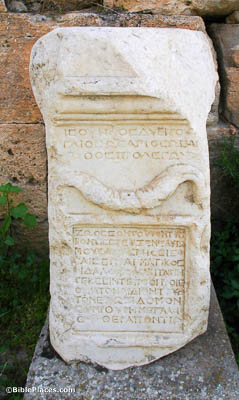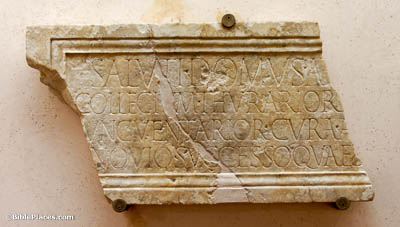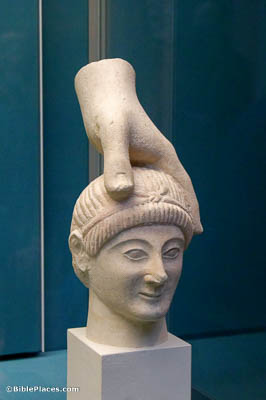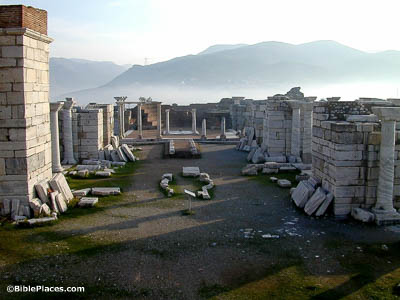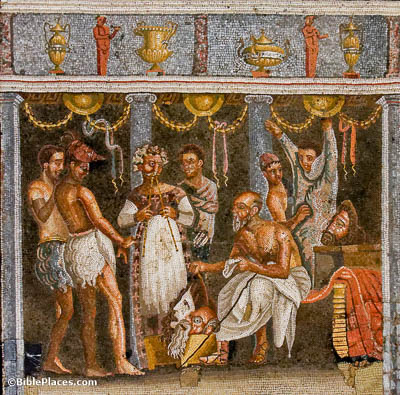The elder to the beloved Gaius, whom I love in truth (3 John 1).
The name Gaius was one of the most common male names throughout Roman history, second only to the name Lucius. The name appears several times in the New Testament (Acts 19:29; 20:4; 1 Cor 1:14; Rom 16:23), although none can be connected with any certainty with the recipient of this letter. This stele, which mentions a certain Gaius of a slightly later time, was photographed at the Hierapolis Museum.
